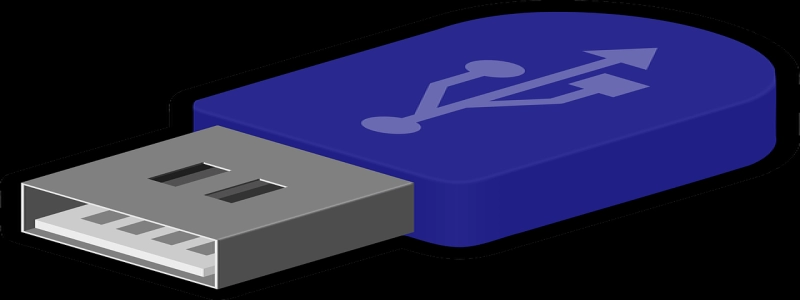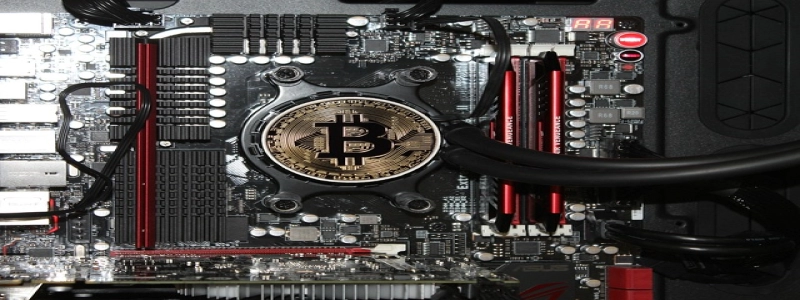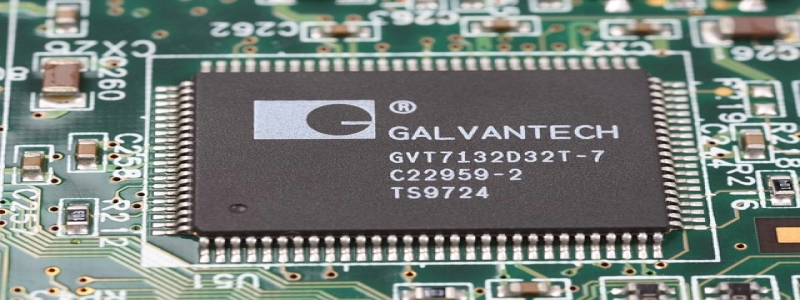PC Video Connector Types
Introduction:
In today’s digital age, video connectivity is an essential part of using a personal computer. Various types of connectors are available to help users connect their PCs to different display devices. This article will provide an overview of the most widely used PC video connector types and explain their features and compatibility.
1. VGA (Video Graphics Array):
VGA is one of the oldest and most popular video connectors found on PCs. It consists of a 15-pin connector that carries analog signals. VGA connectors can support video resolutions up to 1920×1080 pixels, making them suitable for older monitors and projectors. However, VGA signals degrade over long distances, making it unsuitable for large display setups.
2. DVI (Digital Visual Interface):
DVI is a digital video connector that can transmit both digital and analog signals. It comes in three distinct types: DVI-A, DVI-D, and DVI-I. DVI-A carries analog signals, DVI-D carries digital signals, and DVI-I can transmit both. DVI connectors support higher resolutions than VGA, making them suitable for modern displays. However, DVI does not carry audio signals, so a separate cable is needed for audio transmission.
3. HDMI (High-Definition Multimedia Interface):
HDMI is the most commonly used video connector today for PCs, as well as various other electronic devices. It supports both video and audio signals, eliminating the need for separate audio cables. HDMI connectors are capable of transmitting high-quality digital signals and can accommodate high-definition resolutions up to 4096×2160 pixels. With the introduction of HDMI 2.1, even higher resolutions, refresh rates, and enhanced color depths are supported.
4. DisplayPort:
DisplayPort is a digital video connector designed primarily for PC usage. It supports high-definition resolutions and carries audio signals, making it highly versatile. DisplayPort connectors can handle multiple displays and can be daisy-chained, allowing for seamless connectivity over longer distances. Additionally, DisplayPort supports adaptive sync technology, reducing screen tearing and providing a smoother gaming experience.
5. Thunderbolt:
Thunderbolt is an advanced video connector that combines high-speed data transfer with video capabilities. With a Thunderbolt connection, users can connect their PCs to external devices such as displays, hard drives, and audio interfaces. Thunderbolt connectors use the USB-C format and can transmit both video and audio signals. They offer high-bandwidth connectivity, making them suitable for multimedia professionals who need fast data transfer speeds.
Conclusion:
Understanding the various PC video connector types is essential for users who want to connect their PCs to different display devices. The choice of connector will depend on the specific requirements such as video resolution, audio support, and distance. Whether it is the old but reliable VGA, the versatile HDMI, the advanced DisplayPort, or the high-speed Thunderbolt, there is a video connector type available to meet every user’s needs.








